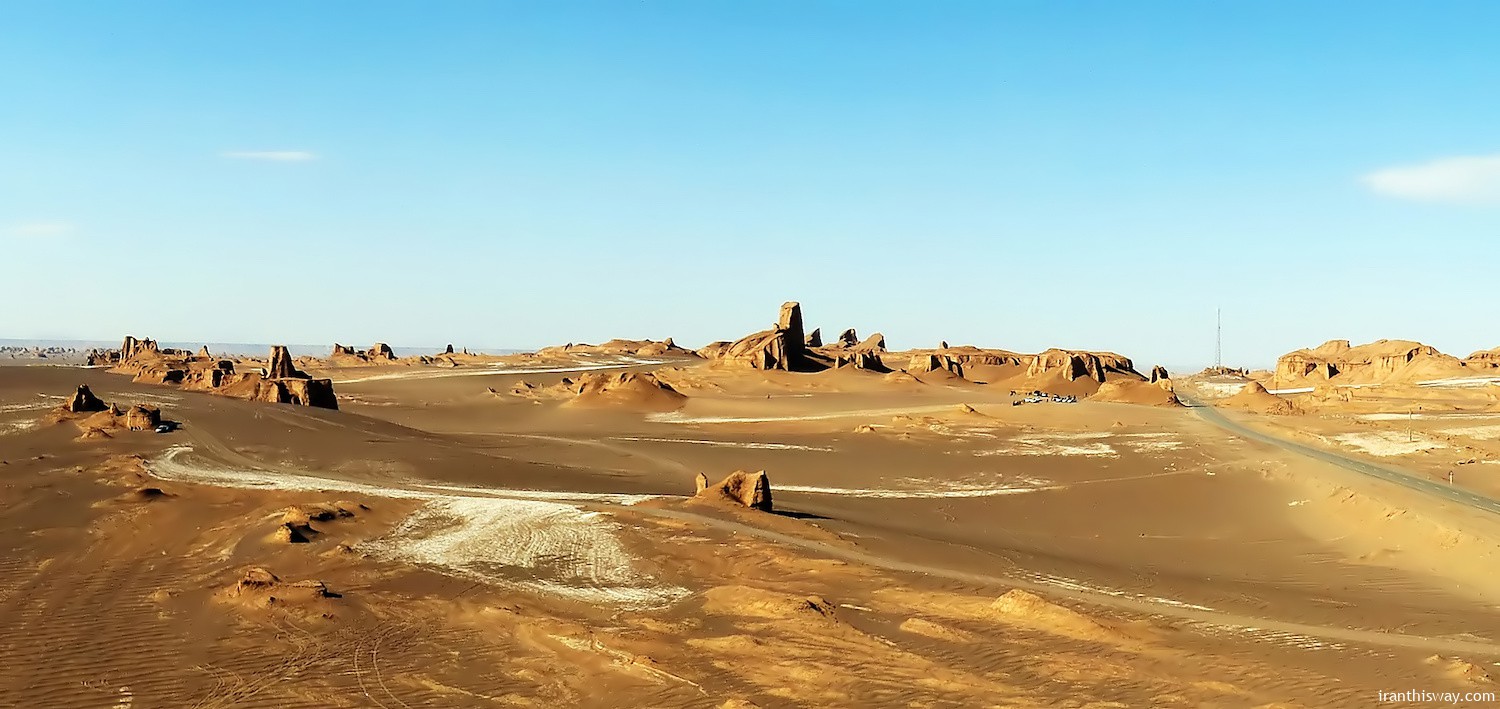Lut Desert is a resort to sun-loving tourists coming to Iran among the other well-known natural sight-seeings favorite place for foreign tourists.
The Lut Desert, has been put on the United Nations list three years ago and is capable of flourishing as a major Iranian tourist resort.
Iran’s Lut Desert was registered on United Nations Educational, Scientific and Cultural Organization (UNESCO) natural heritage list in 2016 when the 40th meeting of the body was underway in Istanbul.

It was the first natural resorts of the country on the list where Iran already had other 19 cultural heritage sites. The stunning desert lies on the southeastern Iran, straddling the country’s three South Khorasan, Sistan-Baluchestan, and Kerman provinces.
Spanning an area of 22,780 square meters, Lut is comprised of dunes, yardangs, nabkhas, hammadas, and basaltic plateau, each with unique spectacular landscapes that rarely can be find in other parts of the world.

Director of Global Heritage of Lute Desert base in South Khorasan Province, Zahra Rezaei, told IRNA that some 10,000 foreign and local tourists visit the various sites of the desert, and the nearby villages.
Various research projects have been funded to be conducted on the flora and fauna, as well as geology of the Lut Desert, she said.
The ecotourism is one market for the region that can be promoted as a result of presenting the desert to the world. The Lut Desert embraces one of the hottest places in the world, Gandom Beryan. Due to the extreme weather and lack of water, the desert is almost desolate, and therefore, it has remained almost untapped.

To reach the desert, tourists have to travel along date palm gardens in Kerman Province, and pass through yardangs, a phenomenon that is created naturally by unidirectional strong winds, that foster the illusion of abandoned castle debris to the viewers.

They will also be lucky to visit the galleries of multi-decade-year-old qanats that have been used for transferring water from underground to the surface; the mind-boggling innovation of Iranians in the ancient time to efficiently manage the scarce sources of water in the heart of desert.

With development of ecotourism residences in the villages around the desert, Lut has become a main attraction for international tourists. Visitors, at the residences, will also enjoy a totally different environment with new tasty dishes specific to the Iranian desert region.
Lying down on the moving sands for hours into the night, gazing at the magnificent view of the desert night sky dotted by stars is another joy that tourists can experience over their stay in Lut Desert.

Also:
Lut Desert
Dasht-e Lut Desert, Iran





